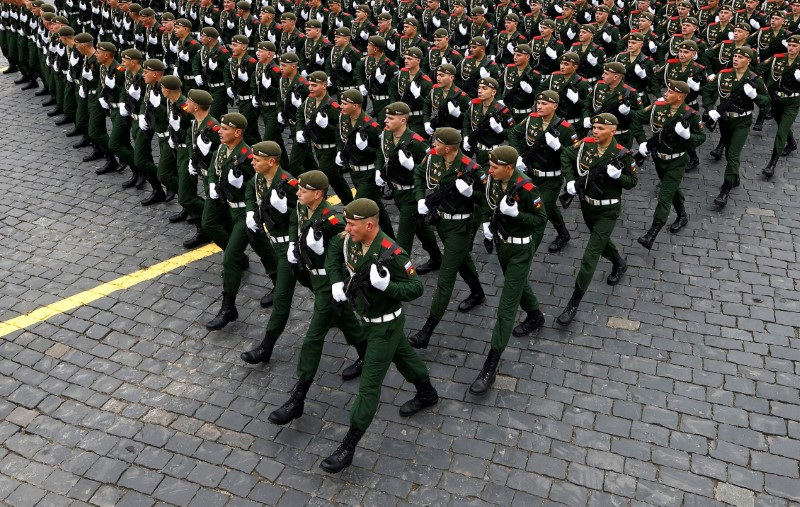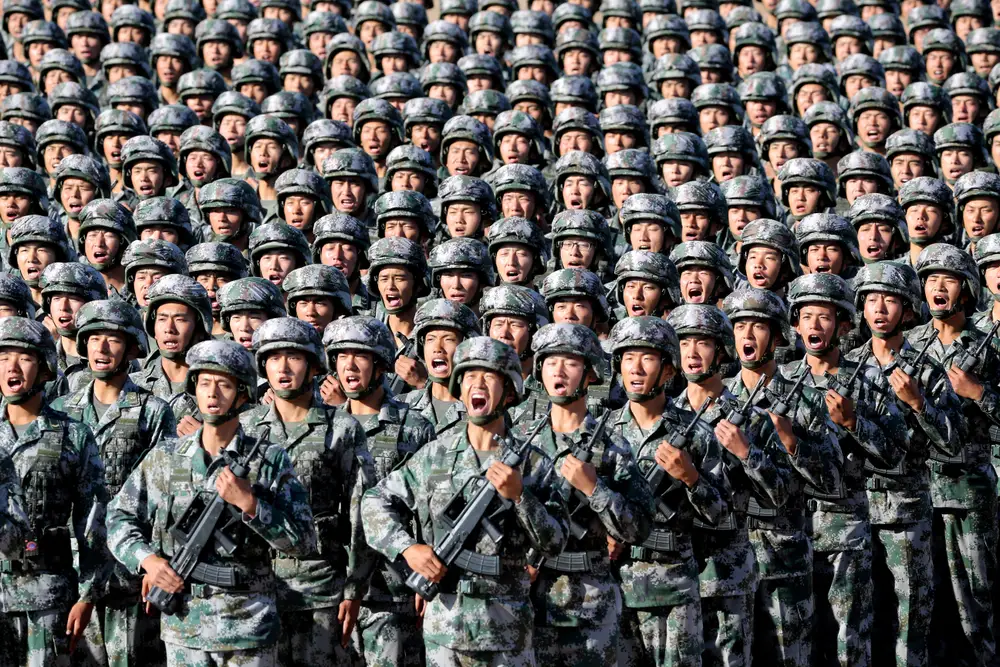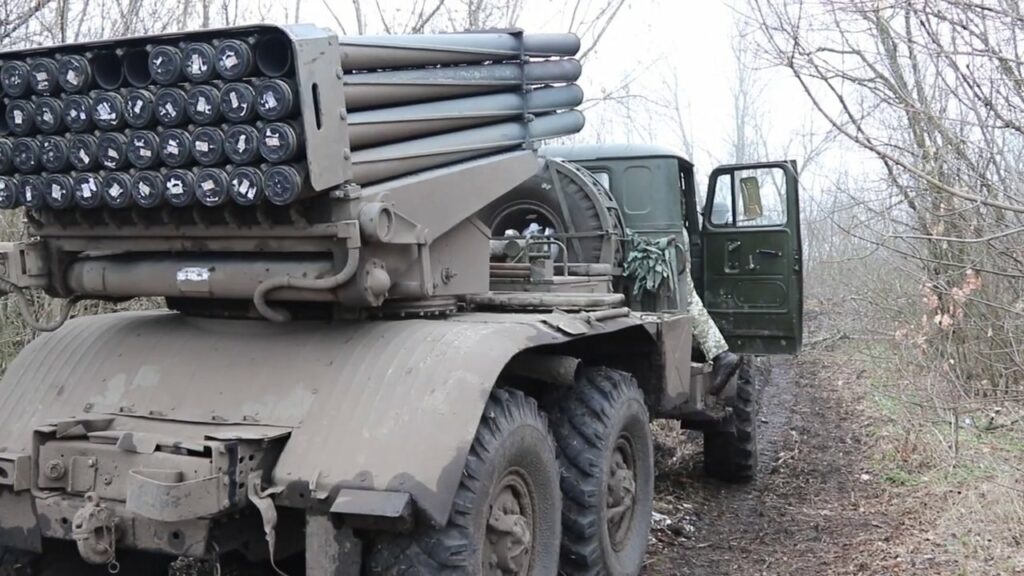
The question that comes up on the web more often than not. Why can’t just Russian mobilization make hordes and hordes of people and zerg-rush Ukraine? I mean – it worked (sort of) well in the last two big wars Russia has found itself involved in. What stops it from doing it once again?

Problems that Russian mobilization is unable to overcome
Well, take a look at the challenges that Russia faced when it deployed about 300,000 soldiers:
- logistical problems (shortages of fuel, food, clothing, munitions and ammunition)
- a dearth of skilled “contract” soldiers
- Conscripts’ quality is subpar (and hastily employed contract soldiers)
- insufficient non-commissioned officers
- Lack of vehicles for replenishment or supply
- a dearth of contemporary tanks
- inadequate senior officers (making them even more stressed)
- an absence of uniforms
How will millions of soldiers be equipped, trained, fed, clothed, transported, and supported?
For good reasons, Russian mobilization has decided on the number of soldiers she has called up for the war effort. Russia is already stretching the bounds of what it can muster between Russian logistics and the requirement to maintain some level of readiness among its military’s conventional forces (to at least portray some level of credibility). However, if a large-scale invasion of Russia were to occur, I have no doubt that conscripting or relying on millions of untrained men to defend their respective home cities would serve primarily as a means of wasting the enemy’s ammunition, rockets, and missiles.

Few powers can rely on human wave tactics as a strategy, and in modern warfare, if your adversary is strong enough to justify the use of tens of millions of “soldiers,” they probably have the capability of killing tens of millions of “soldiers.” What else have you accomplished at this point besides deplete your human resources?
Can any country do it?
No country on Earth could muster 10 million soldiers in anything even remotely resembling a timely manner.
China currently has the largest trained and equipped military on Earth, with about 2.5 million soldiers total, including reservists. Even with full national conscription, it would be very surprising if they could muster up even twice that number (with adequate arms and provisions and at least minimal training) in less than a year or two. And even then, they would still fall 50% short of the goal.

If we really wanted to, the United States likely has the military infrastructure and logistics to provide 10 million soldiers in a reasonably short period of time. However, we would need to recruit and train roughly 7 soldiers for every active-duty soldier, and that’s without taking into account the fact that the majority of our 1.4 million service members are not engaged in combat.
On the other hand, Russian mobilization is only able to conscript a few hundred thousand additional soldiers, barely enough to maintain their current military. Even 1 million soldiers would probably be insufficient to support the Russian economy (not to mention the political unrest from such a drastic conscription effort).
Summary of potential Russian mobilization
It is often quoted, that “God is always on the side of the big battalions”. However, Voltaire has later corrected the quote, stating that “God is not on the side of the big battalions but on the side of those who shoot the best.”
And this applies now more than ever before. Since before WW1 all military engineers worked towards such weapons, which will have the capacity to destroy any number of incoming enemy force with much smaller manpower. First such weapon was the famous Maxim gun, which defined the First World War and was used ever since. But the technology haven’t stopped since then.

So even if Russian mobilization effort somehow overcomes all the economical and logistical problems and manages to conscript 10 million soldiers – they are likely to be killed en-masse with machine guns, MLRS systems, 120mm mortars etc etc etc.
And even if this will help them to occupy and hold on to a significant portion of Ukraine, the strategical humanitarian losses will make this the last war that Russia was able to fight with it’s favorite tactics of human waves.












